AI di mata orang Indonesia: Sekilas dari kehidupan sehari-hari
Jun 24, 2025
Kecerdasan Buatan (AI) tidak lagi menjadi konsep futuristik; kini AI telah menjadi bagian yang
Indonesia food and snack habits
Food and culture cannot be separated since they are closely related to each other. We cannot talk about culture thoroughly without delving into the food and eating habits of the people in that culture. Understanding Indonesia food habits is essential to understanding Indonesia’s culture.
Nowhere is this more true than in Indonesia, the fourth largest country in the world, an archipelago consisting of more than 17,000 islands, spanning one-eighth of the globe and occupied by around 490 ethnic groups. Here tremendous ethnic diversity coupled with wave upon wave of cultural influence adds up to a world of pleasure for the culinary adventurer. This post is one of two in a series exploring some of the popular culinary delights Indonesia has to offer.
Indonesian is a rich culture concerning in the types of food and the way of eating. Every sub-culture in Indonesia has their own types of regional food, as well as their unique way of eating including the menus and the meal times. Throughout her early history Indonesia experienced the arrival of numerous foods from nearby regions, most of which arrived via Southeast Asia and the Malay Peninsula, as well as far off lands such as India, China and even the Middle East.
Indonesian is influenced by food and eating habits from outside the country such as Western culture to eat bread or cereal in the morning. As time passes and peoples come and go, their influence on Indonesian culture shifts.
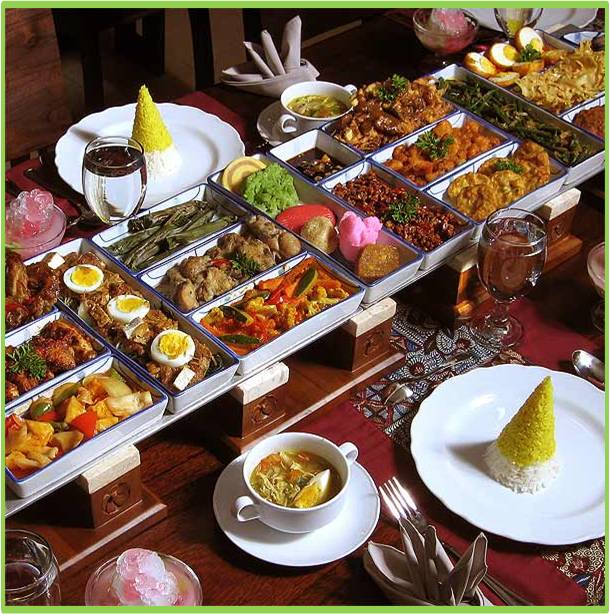
Indonesian cuisine is one of the most diverse, vibrant, colourful and flavourful cuisines. It reflects the country’s diverse cultures and traditions. Indonesian food is rich in spices. The indigenous cooking techniques and ingredients have benefited from trade influences originating in places as far away as India, China, the Middle East and Europe.
What defines Indonesian cuisine? There is no simple answer since Indonesia boasts wealth and variety in regional ingredients, tastes and culinary styles. Each region offers a range of distinctive ingredients as well as a story about each dish hence each region has its own ‘regional cuisine’. If you ask any Indonesian to name an “Indonesian cuisine,” they will find difficulty to name a single dish. The replies will almost always refer to the ethnic group or the region from which the food originated.
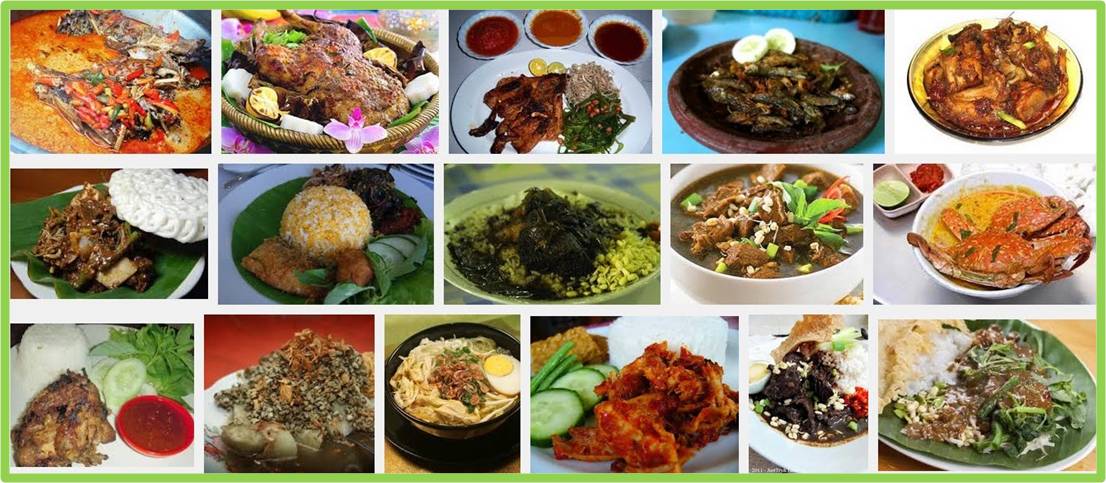
Indonesia consists of about 17,000 islands with around 490 ethnic groups. Hence the image of Indonesian cuisine is amazingly diverse, depending on what kind of foods are the subject of discussion.

Sambal is the cornerstone of Indonesian cuisine and this chili-based condiment is either freshly made or store-bought. Sambal has become an essential element in enjoying the complete experience of Indonesian cuisine — the spicier the better. For many Indonesians, no food tastes right without sambal.
Across different areas and islands, there are so many unique traditional sambal recipes. You can just eat the small green chili or pestled red chilies mixed with onions and other spices.

Indonesians, whether rich or poor, love the savoury cracker that comes in many different shapes, big, small, curly, round or square. It also comes in different colors such as light red, orange, yellow, baby blue, light green and white. Eating is less savory and exciting, if there is no favourite Kerupuk crackers.
Kerupuk can also enjoyed on its own or as a snack. Some enjoy dipping it in sambal (chili sauce), broth or other dipping sauces.
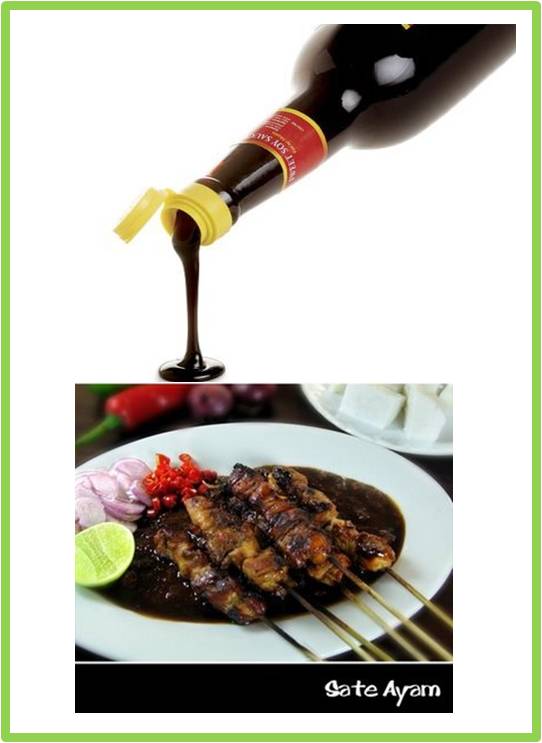
Kecap Manis is a thick, dark and sweet soy sauce. It is an ubiquitous cooking ingredient in Indonesia especially on the largest island, Java. Many meals in Indonesia are incomplete without the addition of kecap manis. It is also used as dipping sauce where Indonesian’s love mixing kecap manis with chilies, sliced shallot and a touch of lime juice. Beyond cooking, there is one important use of kecap manis which may sound rather strange to some people – kecap manis is mixed with and lime for a cough remedy, making for a very tasty cough remedy.

Tempeh is the most unique among major traditional soy-foods asit did not originate in China or Japan. Originating in Indonesia, it is especially popular on the island of Java, where it is a staple source of protein. Like tofu, tempeh is made from soybeans, but tempeh is a whole soybean product with different nutritional characteristics and textural qualities.
Tempeh is delicious, healthy and economical. It is a favorite in Indonesian kitchens because it is easy to cook and quickly serve. Tempeh is now becoming popular around the world as many cultures seek for healthier lifestyles and healthier food choices.

As the majority of the population is Muslim, one thing to keep in mind is the prevalence of Halal Foods. Most meat dishes will be chicken (ayam) followed by beef or seafood. Don’t expect to find pork on menus outside of Western or some Chinese restaurants. Indonesia has many different chicken dishes across different regions in the archipelago.

Indonesia has so many varieties of fruit. Beside the usual fruits like apples, watermelon and tropical fruits like mango, banana, pineapple, guava and papaya, you’ll be confronted by rambutan, duku, manggis, salak, the famous durian and all kinds of things you’ve never heard of. Some are always in season (papaya, coconut, banana), others are available at particular times of the year (rambutan, mango, duku). In contrast for Indonesian’s; peaches, plums and cherries, are considered wildly exotic and few people have tried them.
In Indonesia, you may find fruits that have been used for cooking ingredients. Besides pineapple, some dishes use mango, young jack-fruit, banana and even the King of Fruit, durian.
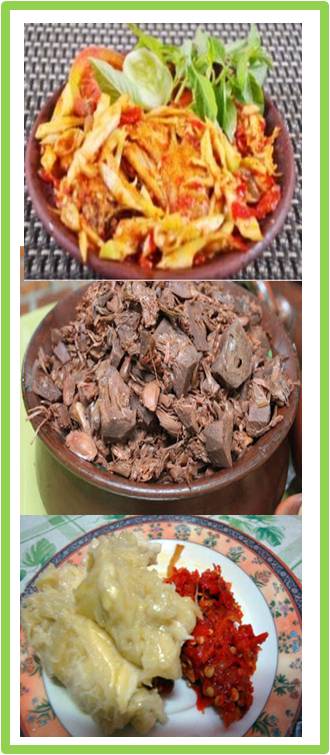
In West Java there is Sambal Mangga (mango chili). In Central Java there is Gudeg (young jack-fruit sweet stew). In West Sumatra there is Nangko (jack-fruit curry). The most unique is in South Sumatra, where you will find Sambal Tempoyak (fermented durian chili), one of the most famous traditional dishes in Sumatra.
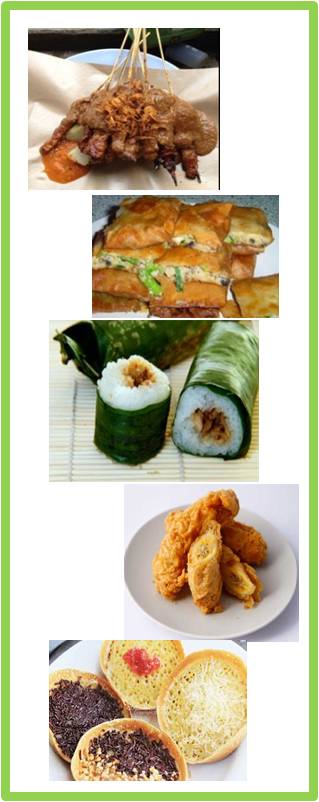
Snacks are commonly eaten in between meals such as mid-morning, mid-afternoon and before bed, they are often purchased from wandering street vendors. There is an endless list of snacks that you can sample in between main meals, as Indonesian’s adore a good snack. Indonesian snacks can include savory dishes like; saté (skewered grilled meat with various sauces), martabak telur (stuffed pan-fried bread), lemper (rolled glutinous rice filled with seasoned shredded chicken/ fish/meat floss) and sweets such as pisang goreng (banana fritters) and martabak manis (sweet pancake).
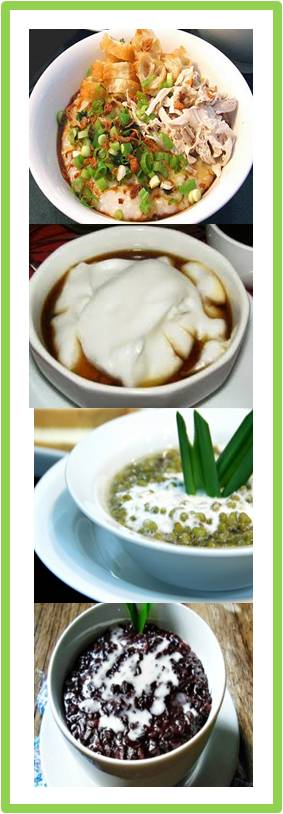
Aside from sweet & savory snacks, Indonesia also has sweet & savory bubur (literally porridge). This porridge can be considered as a snack or as a breakfast delight. Bubur is the signature comfort food, eaten by old and young alike, is found on streets and in homes and restaurants across the archipelago. From savory to sweet, from breakfast all the way through the day to a post-dinner treat, bubur feeds the masses.
Savory bubur ayam (chicken porridge) is a slow cooked rice in chicken broth and served with condiments such as shredded chicken, chopped celery and crispy fried shallot slices. Sweet varieties abound such as; bubur sumsum made from rice flour and coconut milk, served with a sauce of thick melted brown sugar; bubur kacang hijau has slow cooked mung beans in water, with brown sugar and served with coconut milk; bubur ketan hitam is a black rice pudding and there are many more varieties to delve into.
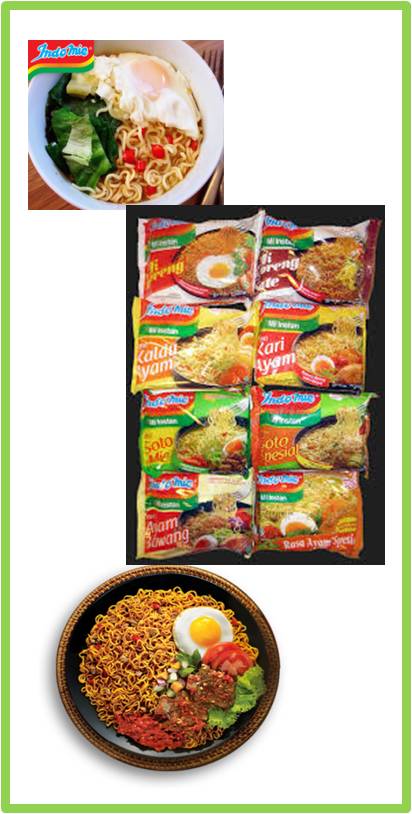
Indomie is the dominant instant noodle brand in Indonesia from Indofood. Indomie is synonymous with instant noodles becoming the generic name for the massive instant noodle category. A category expected to sell 16 billion packs in 2016.
Indomie is an instant noodle that permeates all strata of Indonesian society. Be they blue-collar or white-collar, Indonesians turn to Indomie either as main meal for lunch or as an afternoon or evening snack. People can eat Indomie at any time of the day at home, in the office or at a warung (street food stall).
Stayed tuned for part two in these series on Indonesia’s food and snack habits.
More hot consumer market research trends Indonesia Asia
Cimigo, a market research agency Indonesia, Asia presents the latest consumer trends


AI di mata orang Indonesia: Sekilas dari kehidupan sehari-hari
Jun 24, 2025
Kecerdasan Buatan (AI) tidak lagi menjadi konsep futuristik; kini AI telah menjadi bagian yang

Tren konsumen Indonesia 2025
May 17, 2025
Tren Konsumen Indonesia 2025 menyoroti delapan alasan utama mengapa Indonesia siap untuk bangkit

Dibalut dengan cinta: Makna kue kaleng sebagai simbol kebersamaan di hari Lebaran
Apr 23, 2025
Tradisi manis yang tetap jadi favorit di momen Lebaran Walau Lebaran telah berlalu, kebiasaan

Kevin McQuillan - Chief Marketing Officer

Sam Houston - Chief Executive Officer

Minh Thu - Consumer Market Insights Manager

Travis Mitchell - Executive Director

Malcolm Farmer - Managing Director

Hy Vu - Head of Research Department

Steve Kretschmer - Executive Director

Joe Nelson - New Zealand Consulate General

York Spencer - Global Marketing Director

Laura Baines - Programmes Snr Manager

Mai Trang - Brand Manager of Romano

Hanh Dang - Product Marketing Manager

Luan Nguyen - Market Research Team Leader
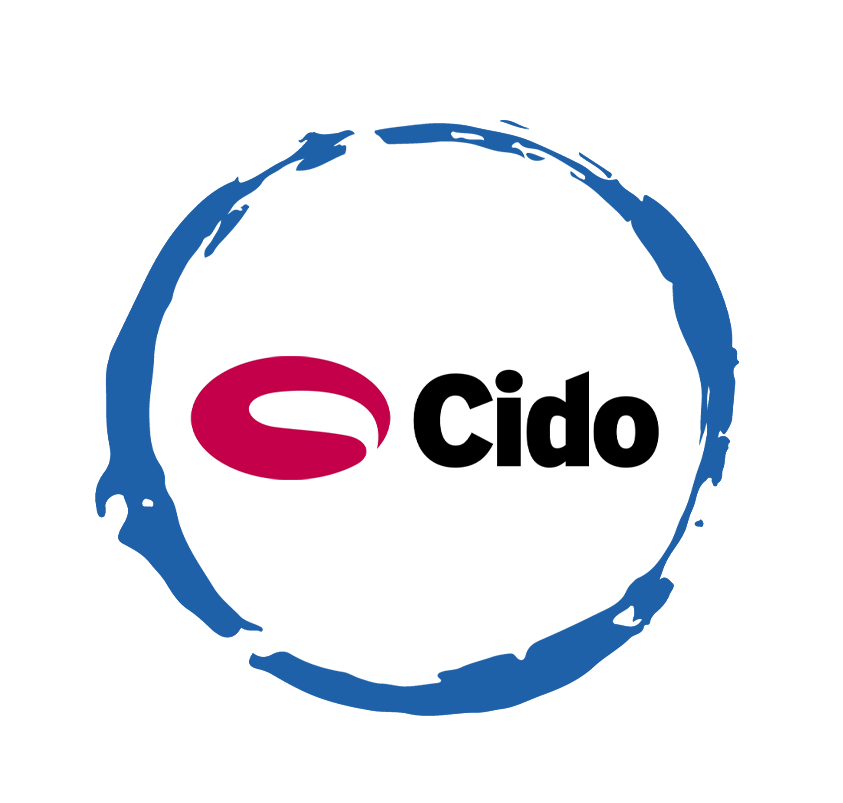
Max Lee - Project Manager

Chris Elkin - Founder

Ronald Reagan - Deputy Group Head After Sales & CS Operation

Ha Dinh - Project Lead

Matt Thwaites - Commercial Director

Joyce - Pricing Manager

Dr. Jean-Marcel Guillon - Chief Executive Officer

Anya Nipper - Project Coordination Director

Janine Katzberg - Projects Director

Rick Reid - Creative Director

Private English Language Schools - Chief Executive Officer

Chad Ovel - Partner

Thanyachat Auttanukune - Board of Management

Thuy Le - Consumer Insight Manager

Kelly Vo - Founder & Host
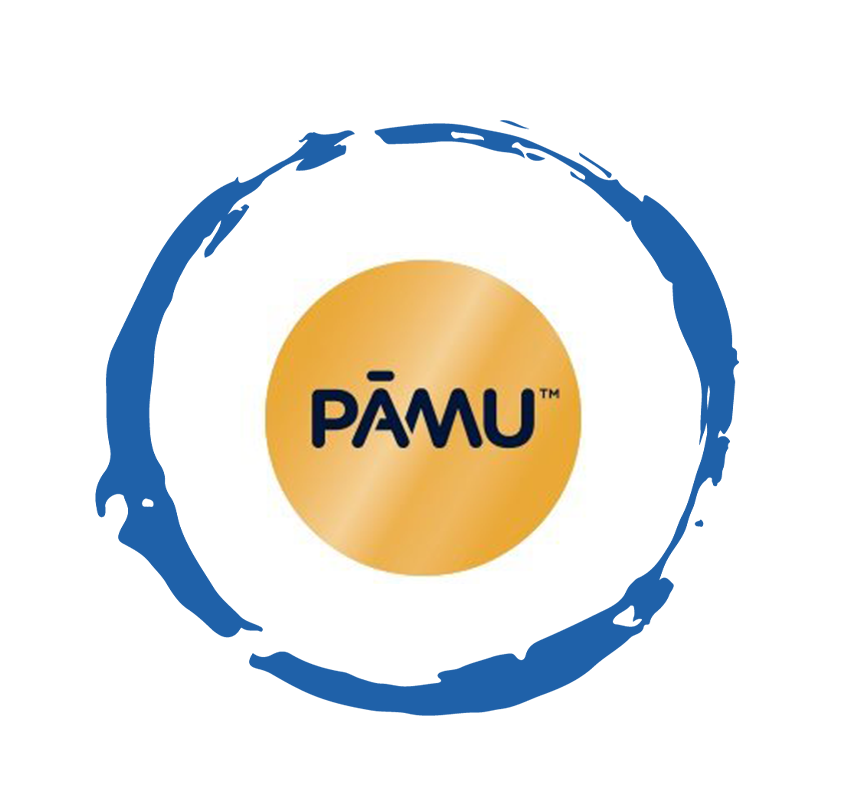
Hamish Glendinning - Business Lead
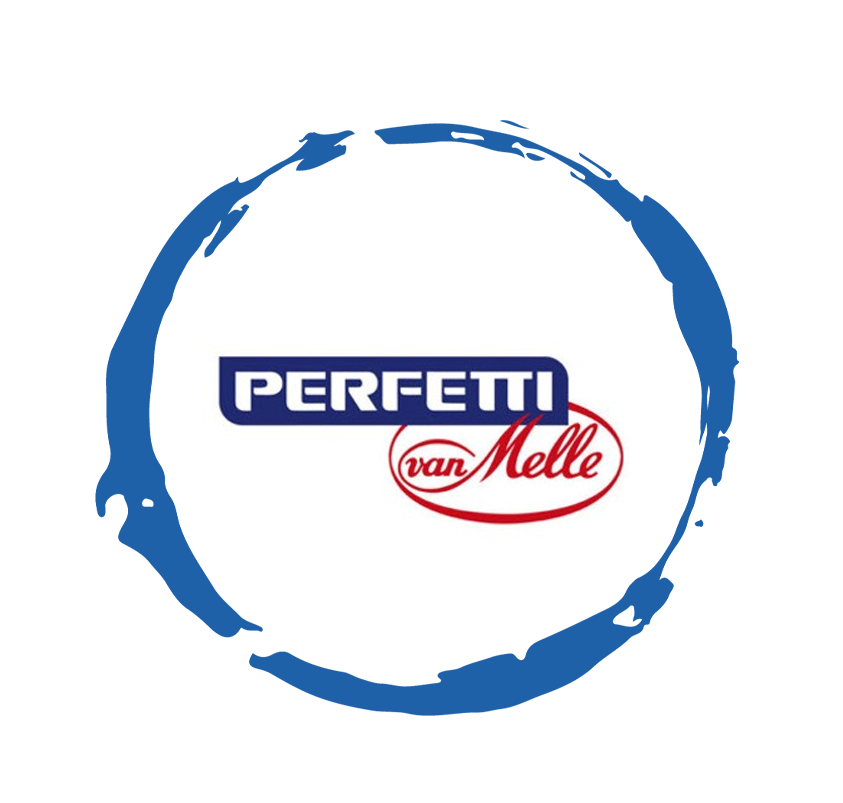
Aashish Kapoor - Head of Marketing

Richard Willis - Director

Thu Phung - CTI Manager

Tania Desela - Senior Product Manager

Dennis Kurnia - Head of Consumer Insights

Aimee Shear - Senior Research Executive

Louise Knox - Consumer Technical Insights

Geert Heestermans - Marketing Director

Linda Yeoh - CMI Manager

Tim market research Cimigo di Indonesia dengan senang hati membantu Anda membuat keputusan yang lebih tepat.

Cimigo menyediakan solusi riset pasar di Indonesia yang akan membantu Anda membuat pilihan yang lebih baik.

Cimigo menyediakan tren pemasaran konsumen Indonesia dan riset pasar pada sektor pasar dan segmen pelanggan di Indonesia.

Cimigo menyediakan laporan riset pasar pada sektor pasar dan segmen pelanggan di Indonesia.
Please enter the information for free download.
The report will be sent to your email.
When downloading our reports, you agree to be contacted for marketing purposes.
Please enter the information for free download.
The report will be sent to your email.
When downloading our reports, you agree to be contacted for marketing purposes.
Vui lòng điền thông tin vào biểu mẫu bên dưới để tải về báo cáo miễn phí.
Báo cáo sẽ được gửi vào email bạn điền ở bên dưới.
Khi tải xuống các báo cáo của chúng tôi, bạn đồng ý được liên hệ cho mục đích tiếp thị.
Xin cảm ơn. Một email kèm với đường dẫn tải báo cáo đã được gửi đến bạn.
